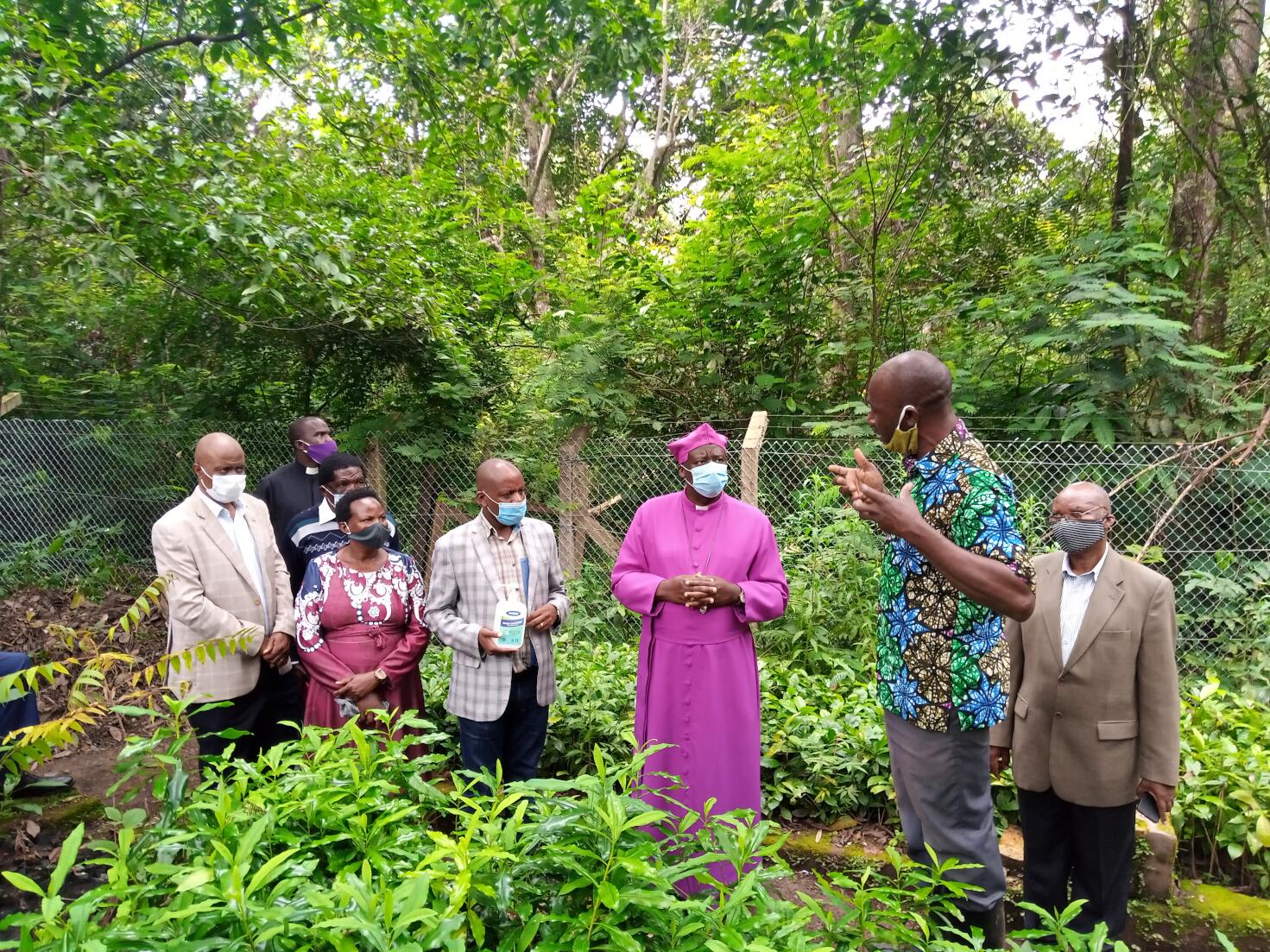
The tree nursery and conservation department is Rukararwe’s oldest department since 1986.
A lot of trees have been distributed to rural farmers as a way of conserving nature. Schools and higher institutions of learning have benefited from this tree-planting project in a move to conserve nature and get to know the importance of biodiversity.
Apart from the main Rukararwe nursery bed, two similar projects have been established in the Soroti and Kaberamaido districts of eastern Uganda in collaboration with the Soroti diocese in the Teso region. It was found out that the eastern region of Uganda is very dry and so demonstration nursery beds and demonstration forests were necessary to sensitize the masses.
RPWRD nursery beds can supply over 100,000 planting materials in a year. In the nursery beds, we have up to 40 medicinal and multipurpose tree species and have discovered propagation alternatives for all of them. We use seed and vegetative propagation methods such as air and ground layering, stem and root cuttings, root sucker induction and severance.
With all of these methods, Rukararwe was able to plant a small rain forest. This project was started 30 years ago, now it is growing well and independent at the location of the organization. Currently, we have a, still enlarging, forest area of 5,5 hectares on which we try to counteract the effects of climate change. Home to many animals like insects, squirrels, snakes and even monkeys, It also harbours over 81 species of birds that also transport new seeds of tree species into the forest.
As Rukararwe is trying to conserve the environment you will not find species such as Eucalyptus or Pine in our tree nursery and forest. Although widely used in Uganda, these species are not friendly to the environment and take up all nutrition around them.
